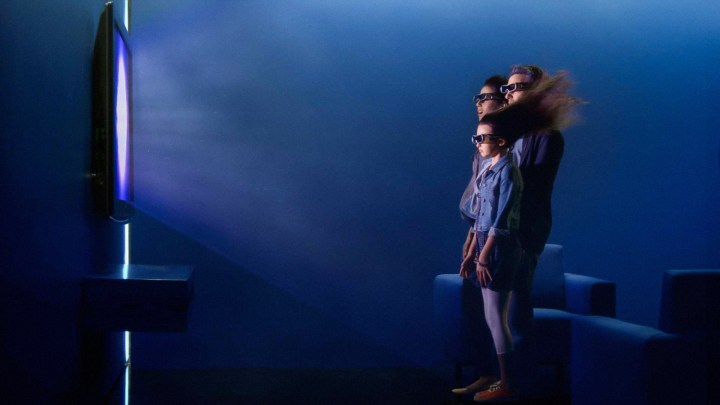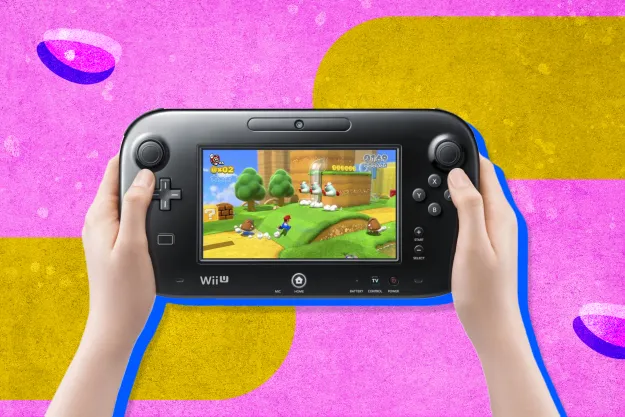
In a few years, fans will find themselves posting on message boards on esoteric corners of the internet like the rest of their brethren.
If you love 3D movies, you’re about to join these marginalized disciples of forgotten formats. TV manufacturers have dropped support of 3D – At CES 2017, Samsung, LG, Sony and Panasonic had no 3D TVs to show, and you might have missed it, but Samsung didn’t produce a 3D TV in 2016.
Consequently, we’ll see 3D Blu-ray releases taper off. In a few years, fans will find themselves posting on message boards on esoteric corners of the internet like the rest of their brethren, helping each other troubleshoot problems and snagging rare copies of films on eBay. In fact, right now there’s a petition (with thousands of signatures as of this writing) to have LG support 3D through their 2018 lineup. Even if that’s successful, though, it still feels like putting off the inevitable, perhaps buying fans just a little more time.
This isn’t like VHS
The death of 3D is different than other casualties of format wars and niche technologies. Unlike early adopters of HD-DVD (it’s OK, I was there. I still have a few shrink-wrapped somewhere on my shelf and we can start a support group), anyone buying up 3D movies didn’t really get burned. They still have a perfectly functional library of Blu-ray movies. There are no movies that are exclusively 3D. No users have to surrender a portion of their library when they retire their 3D TV; no, that will come with the eventual (distant) death of Blu-ray. Hardcore supporters might have trouble drumming up traction when anyone on the fence doesn’t feel like much is at stake.
The other issue, and the one that should have supporters really concerned for the post-mortem longevity of 3D, is the sheer size of equipment necessary to watch a movie in 3D. Unlike tape decks and Betamax players, which can be packed up and stowed away until you want to mess around with them, you’re going to need a 3D capable TV. It means that, 20 years from now, the odds that people still have a 3D capable television in their spare room or sitting up in a garage loft are going to be pretty low. It’s not as feasible for hobbyists to keep it around the same way they do other curiosities of the past few decades.

Strangely, 3D TV’s death-rattle-by-way-of-press-statement is coming just as virtual reality is gaining traction– not only for gaming, but for movies. Exclusive films, like the recently announced Lawnmower Man remake mean there could still be a space for depth-based entertainment. Granted, the two formats aren’t identical, but there are more similarities than not. The biggest hurdle is that a single VR headset is hundreds of dollars, whereas the whole family can sit around the living room and watch a 3D movie for a couple bucks each. Still, as early and uncertain as VR is in the home space, it’s hard not to wonder if 3D TV is going to get buried in the valley between 4K and VR. It’s not as crisp and clear as 4K … it’s (arguably) not as exciting as VR. It’s a format that never gained traction.
We understand
I sympathize. I can’t go as far as to say I’m a 3D zealot, but I haven’t written it off as a home format, at least not in my heart. I’ve seen people who dismissed home 3D as a novelty sit there hypnotized by The Force Awakens on an LG E6 OLED TV. I can rattle off a handful of movies that I’d want to own twice: on both 4K and 3D Blu-ray. But 3D never seemed to get the push it needed. Even at its height, manufacturers seemed pretty apathetic. Plenty of TVs had poorly implemented 3D, making it easy to dismiss as a gimmick. Consumers didn’t want to mess around with plastic glasses, tiny watch batteries, and stringent viewing angles. For many, TV is preferred as a passive experience: one where you can lay on the couch without having to worry about the angle of your head or an uncomfortable frame smooshed between your temple and your favorite pillow. The often-discussed “glassesless 3D” never hit the market. Content was too slow to come out. And now,
3D just seems to be facing too many obstacles. It’s death by a thousand cuts.
To be optimistic, 3D isn’t dead yet. Your 3D capable TVs and players are still quality components. As unlikely as it is, LG could even throw everyone a bone and release another 3D model or two. Manufacturers could revisit it in a few years, hopefully with higher resolutions and less glasses. The Oculus Rift and Vive could become unlikely beacons for enthusiasts. But as it stands, 3D just seems to be facing too many obstacles. It’s still banged up and hurting from too many bumps in the road already. It’s death by a thousand cuts, as it were. But even worst case scenario, maybe (hopefully) there will be a few hardcore devotees out there 20 years from now, dragging out a mess of wires and an old flatscreen and hooking everything up just so their kid can watch The Force Awakens in 3D, because that’s how they want them to see it, and because Disney is dragging their feet releasing it on holodisk.
Editor’s Note 1/26/17: Article adjusted to remove suggestion that LaserDisc was a digital video format
Editors' Recommendations
- You Asked: 3D VR, QDEL technology, and TV size vs. quality
- 2023 OLED TV shootout: the big three battle and we all win
- Apple Vision Pro brings TV, 3D movies to a massive, 100-foot-wide screen
- LG’s 42-inch LX3 OLED TV can bend when you want it to
- 3D-printed eartips could mean way more comfortable and better-sounding earbuds

